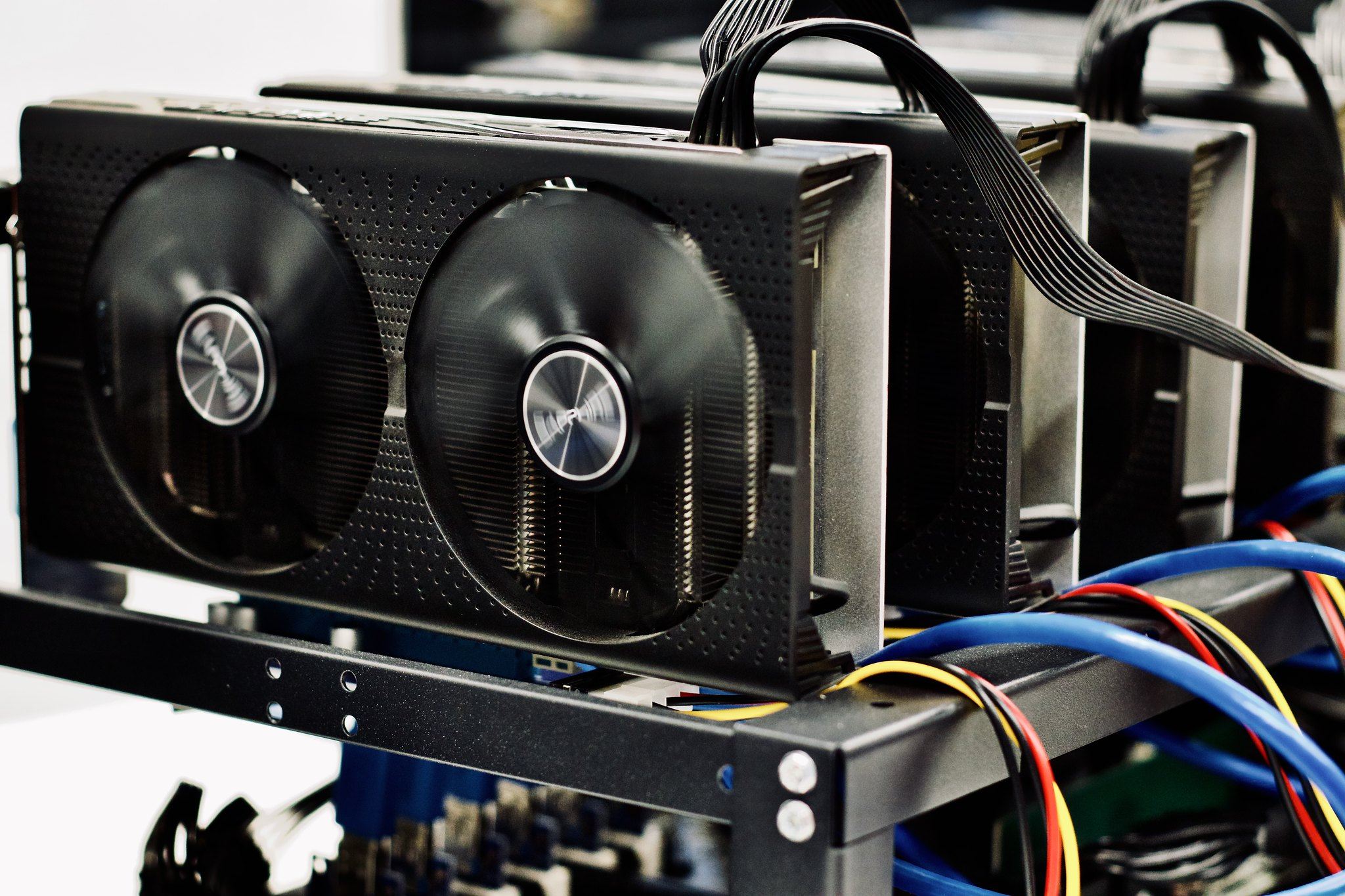
The landscape for major Bitcoin miners is undergoing rapid transformation, with seven out of the top ten mining firms now reporting active revenue streams from artificial intelligence (AI) or high-performance computing (HPC) initiatives.
This pivot comes as the industry faces increased competition for electricity and reduced profitability due to recent block subsidy halving events.
AI partnerships
TeraWulf set a new benchmark by signing two decade-long hosting agreements with Fluidstack, backed in part by Google, totaling roughly 200 megawatts (MW) and providing headline revenue of around $1.85 million per MW per year.
Other large miners like Core Scientific, Bitdeer, and Iris Energy have followed suit, expanding AI or HPC operations with new contracts and infrastructure dedicated to GPU workloads.
CleanSpark has acquired 271 acres in Texas for a next-generation AI campus, while Marathon Digital is acquiring a majority stake in EDF’s Exaion to accelerate its own global AI and HPC ambitions.
Power and predictability drive business models
Mining economics are now influenced as much by contracted power deals as by network hashrate.
At current network levels of roughly 1.08 to 1.10 ZH/s, one MW of modern ASIC mining generates about $1.2 to $1.3 million in annual revenue, falling short of the returns promised by AI hosting deals.
Utilities, such as American Electric Power, are ramping up capex to meet surging data center demand, which miners leverage by offering their grid ties and substations to AI tenants.
Lower hashrate growth but higher enterprise value
Miners redirecting power to AI may record slower headline hashrate growth, but stand to benefit from more predictable cash flows and elevated enterprise valuations.
For instance, Riot Platforms has paused some mining expansion to evaluate converting 600 MW for AI use, while Phoenix Group targets over 1 GW of AI-focused capacity.
These moves could slow the rate of network hashrate expansion, making the hashrate leaderboard a weaker indicator of miner equity value.
Revenue composition takes center stage
Industry analysts now track contracted AI megawatts and revenue per megawatt as key disclosures.
The $1.5 to $2.0 million per MW per year range is emerging as the new standard for high-density hosting.
With the international expansion of miners like Marathon Digital and Phoenix Group, cross-border energy strategies are reshaping the sector.
The shift to AI and HPC is expected to fundamentally alter how investors and the market assess Bitcoin mining companies moving forward.



